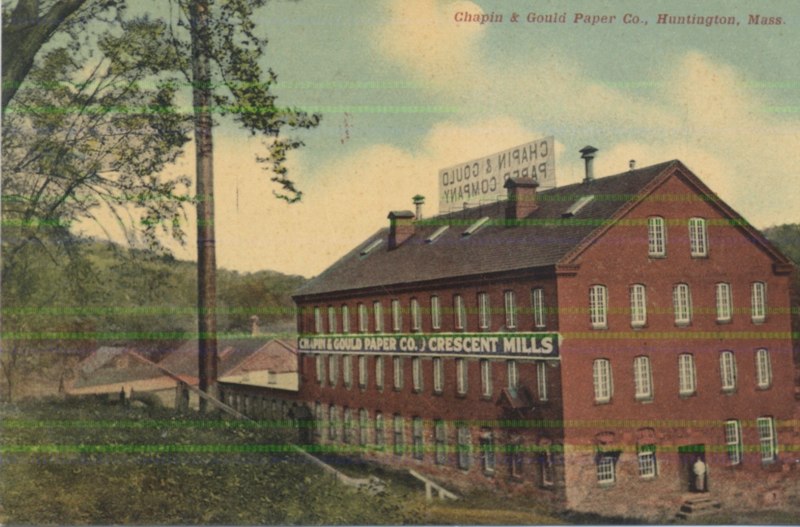Exploring Emerging America's Windows on History Program
Since 2006, Emerging America's Windows on History program has mobilized more than 30 research teams of K-12 students with their teachers and in partnership with historical societies, museums, town and college libraries, expert individuals, and other very local resources. Students learn to think historically as they track down primary sources to tell the story of their communities and their place in the world.
Seven Towns and Their Moments in History
Since before the American Revolution, it has been common knowledge in Western Massachusetts that there lies a tension between the wealthy centers of farming and trade along the Connecticut River and the steep, rocky, and isolated "Hilltowns." Yet these small towns, like communities everywhere, have sometimes played outsized roles at key turning points of our nation's history.
Over the winter of 2010-2011, Dawne Piers-Gamble's eighth graders at Gateway Regional Middle School, in Huntington, Massachusetts set out to uncover and publish some of those stories at: Gateway Hilltown History. In addition to a host of primary sources, such as census data, maps, town histories, employment data, and images such as the one displayed here, students pored over such secondary sources as a 1982 Historical Commission survey, a 2004 study of New England mill towns, and a 1916 History of Paper Manufacturing. Students also hiked part of the route of the Boston to Albany Railroad and interviewed historical reenactors. Here are a few highlights from their retelling of this multi-layered American tale:
In the 1730s, English settlers from existing towns such Springfield and Westfield, petitioned the General Court in Boston, for land in what today are Blandford, Chester, Huntington, Middlefield, Montogmery, Russell and Worthington:
- In the winter of 1775, General Henry Knox brought cannons through this area by sled from Fort Ticonderoga to Boston. Those new roads in turn hastened settlement.
- Many Hilltown Patriot veterans sided with angry farmer Regulators against Boston and Northampton merchants and speculators in what came to be called Shays Rebellion.
- In 1791, the now wealthy Henry Knox first proposed building a canal from Boston to Albany. The ambitious route proved too expensive–until the railroad linked the cities in 1841, one key piece of a growing international market economy.
- In a typical Industrial Revolution story, in 1855, a paper mill at Crescent Mills was one of only eight in the nation. Eighty men produced 13.6 percent of all paper made in America.




